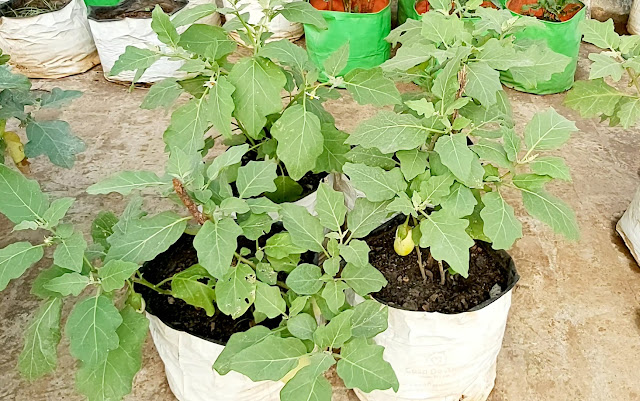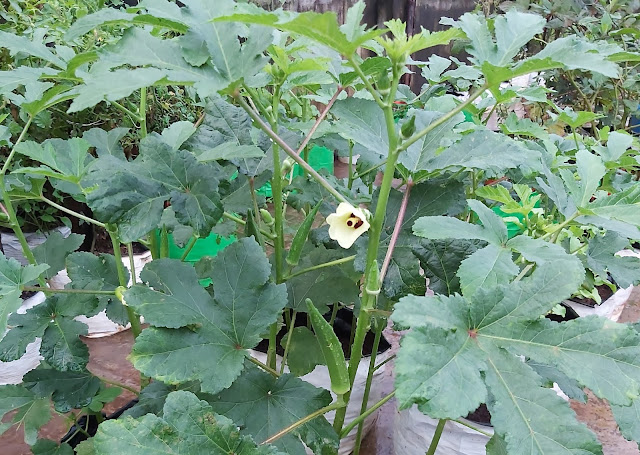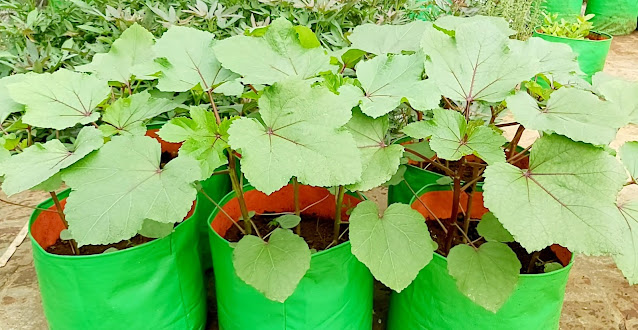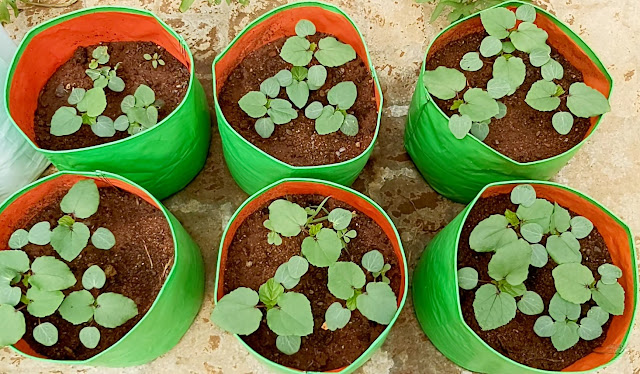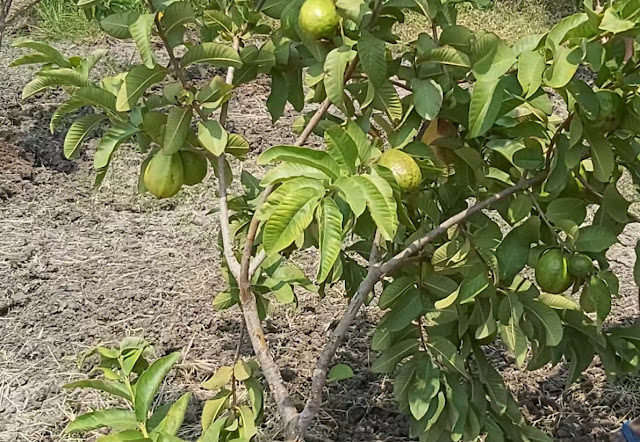How to Fertilize Brinjal plants

Apply a balanced fertilizer like cattle compost every month during the growing season. Fertilizer to be applied through side dressing , a process of digging a 6-inch trench around each plant and applying a fertilizer to it to keep nutrients available to the plant on an as-needed basis. Side dress again in after one month . You can also fertilize your seedlings with vermicompost As brinjal grow, it will need regular replenishment of nutrients in the soil. A good-quality organic NPK fertilizer can also be used for this purpose, which contains high nitrogen , phosphorus, and potassium Liquid fertilizer like Fish emulsion can be applied to increase the immunity and promote plant growth . Epsom salts can also be provided to aid flowering and healthy plant growth as they are rich in magnesium .
